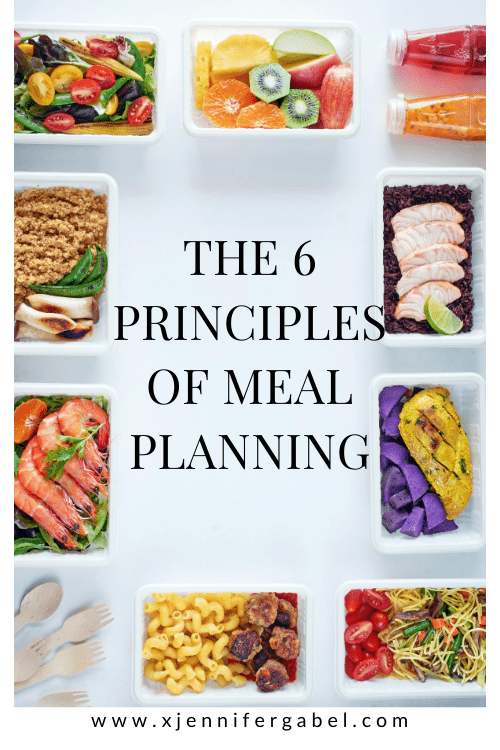Every Sunday, my family and I take a few minutes to plan our dinners for the week and write them down on the dry-erase board hanging on our kitchen wall. This started because I don’t like to waste food, and my husband likes to save money. By planning ahead, we are able to make a grocery list, and buy only what we need.
This took a little trial and error. My husband has the metabolism of a teenager so there needs to be enough food to satisfy his appetite. We have two small children, ages 4 and 6, whose tastes change as often as their moods. I am not a vegan but eat mostly vegan food, while everyone else is more omnivorous, meaning they eat it all!
Eventually, we found a rhythm. Our meals reflect our individuality but also our commitment to health and deliciousness! After having a few people ask me about our meal planning process, I offer up with these six principles.
***This post may contain affiliate links. As a Sakara and Amazon affiliate, I earn from qualifying purchases. This is at no cost to you but helps me run my website.***
Principle #1: Plant-Based
This takes on a different definition for whoever is using it so here’s mine: the meal is mostly (or all) plants. If there’s meat or fish, it’s cast in a supporting role and served in small portions.
Principle #2: Variety
Eating many different types of plant foods, especially leafy greens and vegetables, is so important to our health. Without nerding out on the topic of a healthy gut microbiome, you want to diversify what goes in your body the same way you do your stock portfolio. I get a lot of inspiration from cookbooks, Instagram and Pinterest.
Principle #3: Everyone’s Involved
Each family member gets to pick a meal for at least one night of the week. This creates excitement over whose night it is, while encouraging our kids to be creative. They know they have to include vegetables, or the meal isn’t complete.
Principle #4: Adaptable
We plan meals that can be tweaked to our own taste. For example, we keep seasonings mild, and adults can add spice to their own dishes. If my husband and kids want meat but I don’t, I might make tempeh. Or I may make cauliflower rice when everyone else eats basmati rice.
Principle #5: Cook Once, Eat Twice (or More)
Typically, we do the heavy lifting when it comes to cooking earlier in the week. Grains like quinoa are made in big quantities to create new meals later in the week. In a pre-Covid world, we also wanted leftovers to make school lunches.
Principle #6: Flexible
Flexible. As the week goes on, sometimes we are over it. If we’ve had a challenging day, we say to heck with the plan and pull out breakfast for dinner or order in. The best part of structure is knowing it’s there to serve us. When it doesn’t, we take a break.
Do you do something similar at home? Or do you wing it? Any tips and tricks are always appreciated. Share in the comments below!

